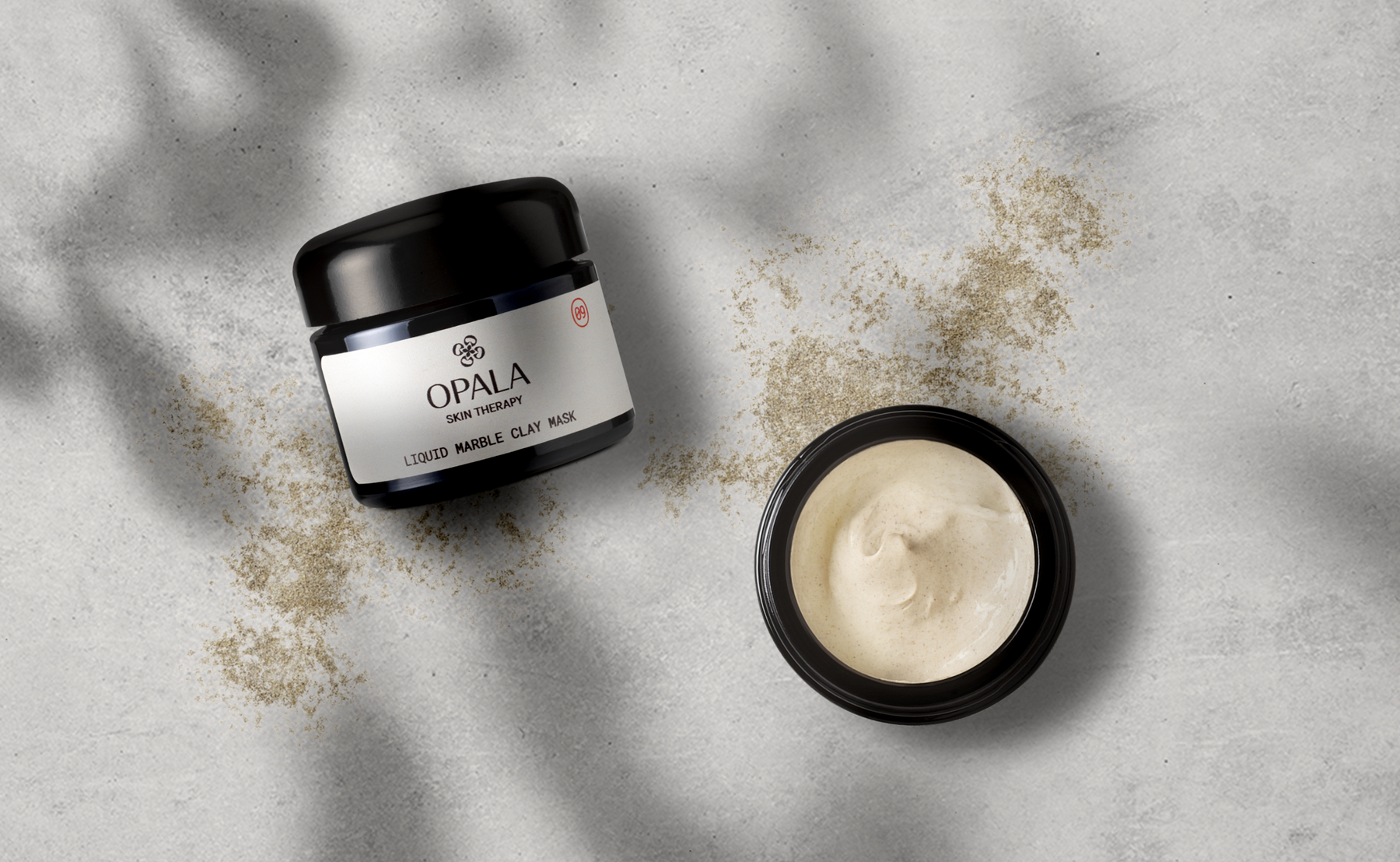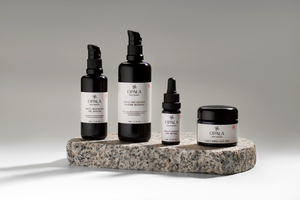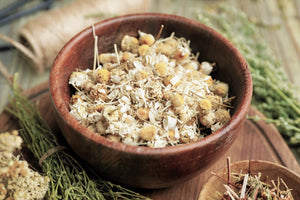
The very simple science of clay in skincare
Everybody knows that cosmetic clays have the ability to draw oil and impurities from the skin. There is a great deal of anecdotes about the benefits of clay on your skin, but do you know the science behind it all? If not, and you want to know more, just scroll down.

Clay particles have a negative charge but when mixed with water, the surface of this wet clay now has a positive charge due to its cation exchange capacity (CEC). The higher the CEC, the higher the negative charge of the clay and the more cations it can hold.
For example, when mixed with water the negatively charged particles on the clay's surface become bound to the positively-charged minerals in the water.
The theory is that since clay is made largely of minerals, these positively charged good minerals are then able to exchange with positively charged impurities in the surrounding area which are removed from your face as part of the clay, thus leaving good natural minerals behind on your skin.
While all cosmetic clays have the ability to draw oil and impurities from the skin, some have stronger drawing abilities than others. Thus, based on your unique skin type, one clay type may be better for your skin than another. Understanding the benefits, the differences and how they may work for your skin is the first place to begin when choosing a clay. For example:
- Kaolin clays are good for dry to normal skin
- Bentonite and Rhassoul clays are good for normal, combination or oily skin
- Illite clays, like French Green clay, are best for oily skin
Clay Face Masks can work wonders for your skin. The simple natural ingredients can help exfoliate and soften skin, draw out impurities, minimize pores, and remove excess surface oil.



